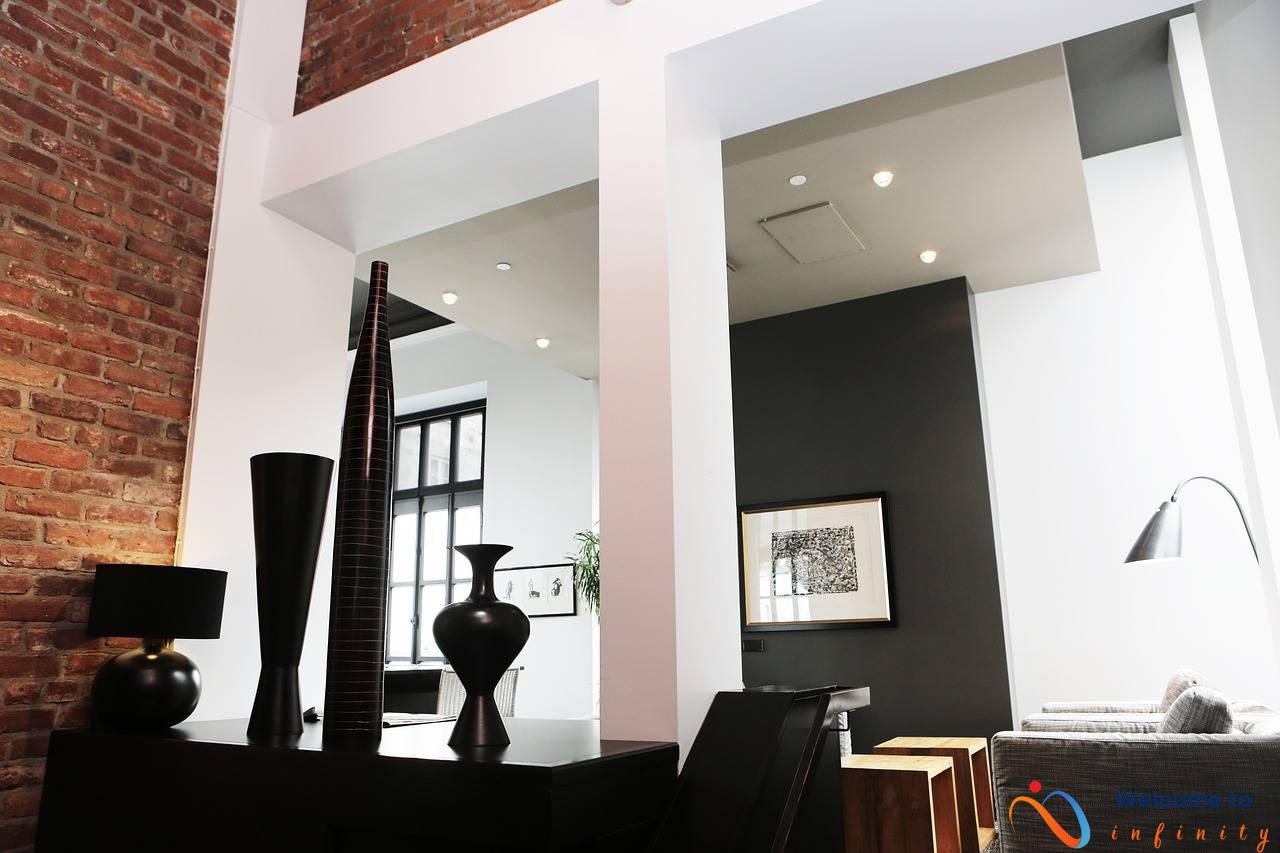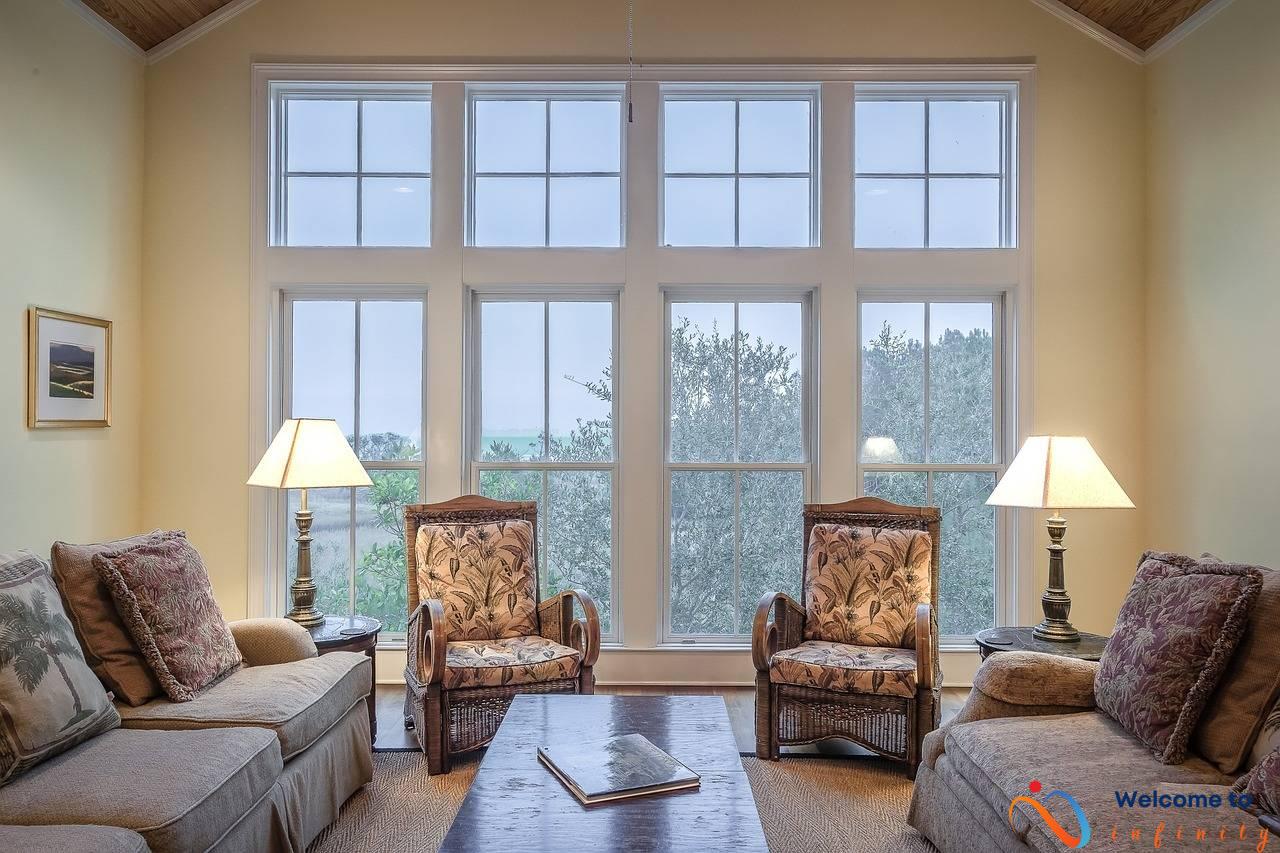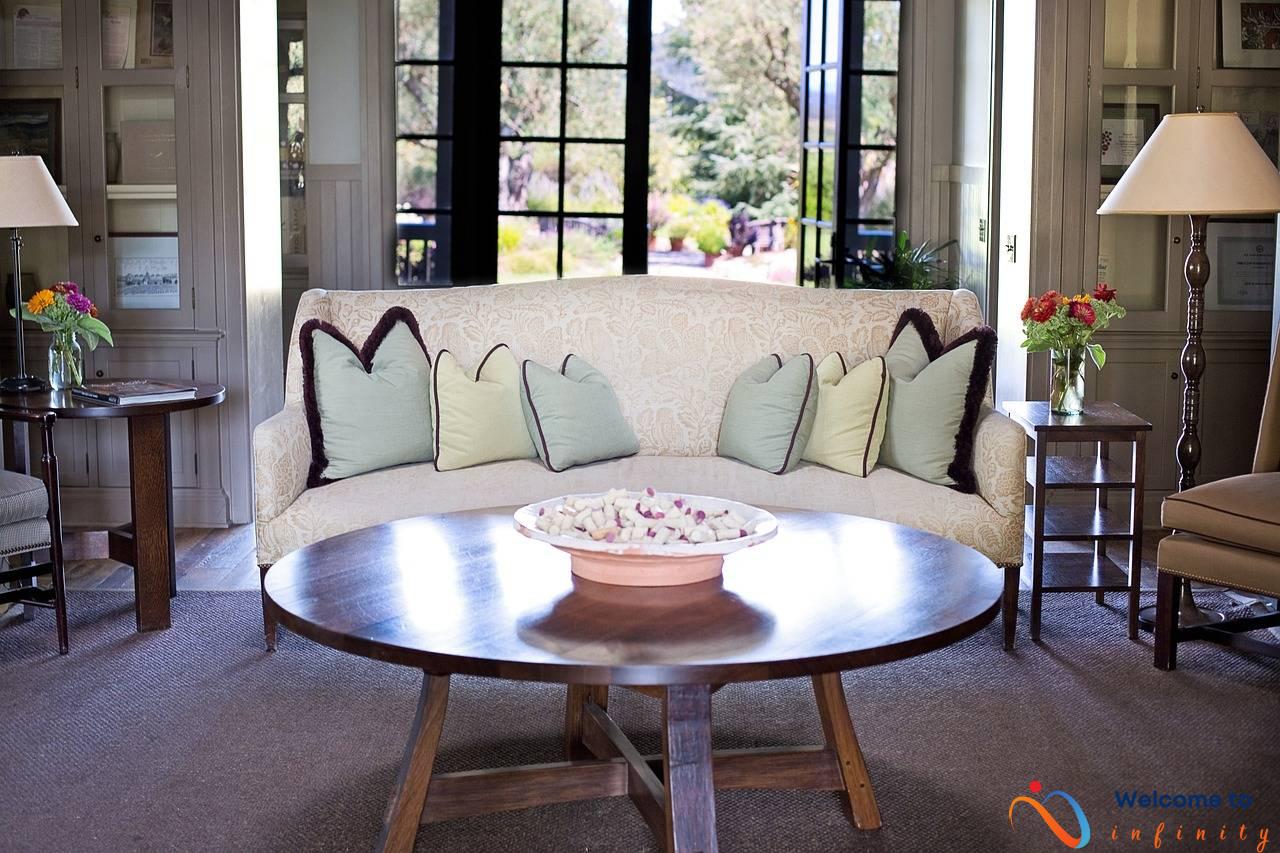Lacquerware is an ancient decorative art form that has been practiced in Asia for centuries, particularly in China, Japan, and Korea. This traditional craft involves the application of a glossy, durable finish made from sap-like resin extracted from the lacquer tree onto a variety of surfaces, including wood, metal, and paper. The resulting pieces are not only beautiful but also functional, ranging from bowls and vases to furniture and decorative boxes.
If you're looking to add a touch of Asian-inspired elegance to your home decor, lacquerware is an excellent choice. Its striking colors, intricate designs, and unique textures make it a versatile and visually appealing option for any room in the house.
To incorporate lacquerware into your home, you first need to consider your personal style and preference. Traditional Chinese lacquerware is often characterized by bright colors and intricate detailing, while Japanese lacquerware is known for its minimalist elegance and simple beauty. Korean lacquerware is a unique blend of both, often featuring delicate designs on clean, simple shapes.
Once you've determined the type of lacquerware that best fits your taste, you can start selecting individual pieces or creating a cohesive look with multiple items. Lacquerware decorative pieces, such as trays, boxes, and vases, can be used to add a pop of color and unique texture to any room, while lacquerware furniture, such as chairs and cabinets, can create a more dramatic statement and elevate the entire space.
- Choose lacquerware pieces that complement your existing decor.
- Use bright pieces to add a bold accent to a neutral room.
- Mix and match different types of lacquerware to create a unique and eclectic look.
- Combine lacquerware with other Asian-inspired elements, such as bamboo or silk, to create an overall cohesive theme.
Overall, lacquerware is a stunning and timeless addition to any home decor. With its rich history, intricate designs, and unique textures, it's easy to see why this art form has remained popular for centuries. By following these simple tips for incorporating lacquerware into your home, you can create a stylish and sophisticated space that reflects your personal taste and appreciation for Asian culture.
History of Lacquerware
Lacquerware is an art form that has been practiced for centuries in Asia. The use of lacquer as a decorative coating for objects dates back to the Neolithic period in China. Initially, it was used for practical purposes such as waterproofing and preservation of objects, but gradually, it evolved into a decorative art form.
The use of lacquerware became more widespread during the Han Dynasty in China (206 BCE – 220 CE), and artists began to experiment with different colors and designs. They used natural pigments to create bright and vibrant colors, and often decorated objects with intricate patterns and designs.
Over time, the art of lacquerware spread to other parts of Asia, including Japan, Korea, and Vietnam. Each country developed its unique style and techniques, and today, lacquerware continues to be an essential part of Asian art and culture.
modern-day innovations have led to the development of new techniques and materials, such as synthetic resins and gold leaf inlay. Despite such developments, traditional techniques of lacquerware making are still practiced and held in high esteem.
- Neolithic period: lacquer as a practical coating
- Han Dynasty: evolution of lacquerware as a decorative art form in China
- Different designs, colors, and patterns used by artists
- Lacquerware spread to other parts of Asia – Japan, Korea, and Vietnam
- Modern-day innovations and the development of new techniques and materials
| Country | Traditional Style | Notable Characteristics |
|---|---|---|
| China | Carved and Red Lacquer | Decorated with intricate patterns and colors |
| Japan | Urushi Technique | Minimalist design with understated beauty |
| Korea | Najeon Chilgi | Combination of simplicity and sophistication |
Types of Lacquerware
The art of lacquerware has been an integral part of Asian cultures for centuries. It involves the application of multiple layers of colored and clear lacquer onto a range of materials to create intricate and ornate designs. While lacquerware has traditionally been associated with China, other countries like Japan and Korea have developed their unique styles over the years.
When it comes to lacquerware, there are several types available. Traditional lacquerware is typically handcrafted and made from natural materials like wood, bamboo, and paper. The process involves applying the lacquer in thin layers, letting it dry, and then sanding it down to create a smooth surface. The finished product can take months to complete, but the result is a beautiful and durable piece of art.
contemporary lacquerware, on the other hand, uses modern materials and techniques to create unique and innovative designs. This type of lacquerware often incorporates other materials like plastic or metal and can be made using machines rather than by hand. The finished product is often more affordable and accessible than traditional lacquerware and can be found in a range of colors and designs.
Chinese lacquerware is perhaps the most well-known type of lacquerware. It is characterized by its bold colors, intricate designs, and ornate detailing. Popular items include jewelry boxes, screens, and furniture. Japanese lacquerware, on the other hand, is known for its minimalistic design and subtle beauty. The famous urushi technique involves applying multiple layers of lacquer to create a unique and durable finish. Finally, Korean lacquerware tends to be more understated, with a focus on functionality and simplicity. Much like Japanese lacquerware, it often features a natural or muted color palette.
Whether you prefer traditional or contemporary designs, there is a lacquerware piece out there for everyone. From furniture to decorative pieces, incorporating lacquerware into your home decor is an easy way to add style and sophistication to any room.
Chinese Lacquerware
Chinese lacquerware is a popular form of decorative art that has been used in China for centuries. The art form is known for its iconic designs, vibrant colors, and intricate detailing which make it stand out from other types of lacquerware. Chinese artisans produce lacquerware using traditional techniques that have been handed down from generation to generation.
One of the most popular types of Chinese lacquerware is the red lacquerware that is characterized by its rich red color. This color symbolizes good luck and is often used in traditional Chinese weddings. The art form also includes intricate designs such as dragons, phoenixes, and landscapes that are highly coveted by collectors.
The production process of Chinese lacquerware involves applying multiple layers of lacquer to a wooden base, which is then polished to give it a shiny finish. The artisans then add different colors and designs using a mixture of pigments and gold or silver leaf to create intricate patterns and details.
Chinese lacquerware pieces can range from small boxes to large cabinets and furniture, all with the iconic designs. They make an excellent addition to any home decor and can also be a great investment with their high value for collectors.
In conclusion, Chinese lacquerware is an art form that has withstood the test of time and continues to be appreciated by people around the world. Its iconic designs, vibrant colors, and intricate detailing make it a must-have for anyone looking to add some beauty and sophistication to their home decor.
Japanese Lacquerware
Japanese lacquerware is a testament to the country's renowned attention to detail and understated elegance. Known as urushi, this technique has been around for thousands of years, originally used on weapons and armor before being incorporated into daily life.
Urushi involves a multi-step process of applying and layering natural lacquer onto a base material, such as wood or bamboo. The resulting finish is not only visually stunning but also incredibly durable, with some pieces lasting for centuries.
One of the signature characteristics of Japanese lacquerware is its simplicity. The designs are often clean and uncluttered, with a focus on the natural beauty of the materials used. This, combined with the smooth, glossy finish, creates a sense of calm and harmony in any space.
There are many types of Japanese lacquerware, including trays, boxes, and tableware. Each piece is a work of art, with intricate patterns and designs created using various techniques like maki-e or mother-of-pearl inlay.
When incorporating Japanese lacquerware into your home decor, consider using it as an accent piece rather than a focal point. A lacquered tray on a coffee table or a small box on a bookshelf can add a touch of elegance to any room.
Remember that lacquerware requires proper care to maintain its beauty and longevity. Avoid exposing it to direct sunlight or extreme temperatures, and clean it gently with a soft cloth and lukewarm water. By following these simple tips, you can enjoy the minimalist beauty of Japanese lacquerware for years to come.
Korean Lacquerware
Korean lacquerware is renowned for its simple yet elegant design, reflecting the Korean philosophy of finding beauty in simplicity. The use of earthy tones and natural materials also characterizes Korean lacquerware, creating a harmonious and organic atmosphere.
Chilgongju is a famous type of Korean lacquerware that features a beautiful blend of electric blue and jet black. The chilgongju technique involves layering lacquer on top of crushed oyster shells, creating a unique textural effect that adds depth and richness to the piece.
Traditional Korean lacquerware is often used for serving food, such as bowls and plates, as the lacquer coating protects the wood and prevents bacterial growth. Korean mother-of-pearl lacquerware is also highly prized, featuring stunning iridescent designs created by inlaid pieces of shell. The complex and intricate process of creating mother-of-pearl lacquerware is passed down through generations of skilled artisans.
When incorporating Korean lacquerware into your home decor, consider adding a set of lacquered serving bowls or trays to your dining table, or display a beautifully crafted mother-of-pearl vase as a statement piece in your living room. The understated elegance of Korean lacquerware is sure to add a touch of sophistication to any room in your home.
Incorporating Lacquerware into Your Home Decor
Lacquerware is a stunning decorative art form that can add a touch of elegance and cultural influence to your home decor. By incorporating lacquerware into your home, you can create a cohesive look that showcases your personal style and appreciation for Asian-inspired accessories.
When looking to incorporate lacquerware into your home decor, it's important to choose the right pieces that complement the existing aesthetic of your space. Consider the style of your home, as well as the colors and textures used in your existing decor, to choose lacquerware pieces that seamlessly blend in with your surroundings.
If you're drawn to traditional Asian-inspired decor, opt for lacquerware pieces that feature intricate designs and vibrant colors – such as Chinese lacquerware trays and boxes adorned with detailed floral patterns. On the other hand, if you prefer a minimalist and understated look, consider Japanese lacquerware pieces that showcase the natural beauty of the wood and the simple elegance of the urushi technique.
In order to create a cohesive look, it's important to choose lacquerware pieces that complement each other. You can do this by selecting items that share a similar color palette or design style – for example, pairing a red Chinese lacquerware tray with a matching vase or bowl.
Lacquerware furniture, such as lacquered cabinets or tables, can also add a touch of luxury to any room in your house. When incorporating lacquerware furniture into your home decor, be sure to consider the size and scale of the piece, as well as its functionality and placement within the room.
- Choose lacquerware pieces that complement your existing decor
- Consider the style, colors, and textures in your space before selecting lacquerware pieces
- Pair lacquerware pieces that share a similar color palette or design style
- Consider lacquerware furniture for a touch of luxury in any room
- Be sure to consider size, scale, functionality, and placement when incorporating lacquered furniture
Lacquerware Furniture
Lacquerware furniture offers a unique blend of elegance and functionality, making it a popular choice for those looking to add a touch of luxury to their home decor. The shiny and durable finish of lacquerware can add a refined touch to any room in your house.
When it comes to selecting lacquerware furniture, you have a wide range of options. You can choose from different styles and designs to match your personal aesthetic. Some popular types of lacquerware furniture include lacquered chairs, tables, cabinets, and screens.
If you prefer a traditional look, you can opt for antique or vintage lacquerware furniture. These pieces showcase the intricate designs and master craftsmanship of the past. On the other hand, if contemporary furniture is more your style, you can choose from modern and minimalistic designs with bold colors and clean lines.
Adding lacquerware furniture to your home decor can create a stunning focal point in your space. A lacquered table or cabinet can instantly elevate the look of your living room, while a lacquered screen can serve as a functional room divider in your bedroom.
However, it is important to remember that lacquerware furniture requires special care to maintain its beauty and longevity. Avoid exposing it to extreme temperatures and direct sunlight, as this can cause fading and cracking. Use a soft, damp cloth to clean your lacquerware furniture and avoid using abrasive cleaners that can scratch the surface.
Lacquerware furniture is a timeless and versatile addition to any home decor. It can add a touch of luxury and refinement to any room, while also serving a practical function. Consider incorporating lacquerware furniture into your home decor for a unique and stylish look.
Lacquerware Decorative Pieces
If you're looking for ways to elevate your home decor, lacquerware decorative pieces are a great place to start. Not only are they visually stunning, but they are also functional and versatile. Here are just a few examples of how you can incorporate lacquerware decorative pieces into your home:
- Trays: Lacquerware trays are perfect for serving drinks or appetizers at your next dinner party. They come in a variety of shapes and sizes, from round to rectangular, and can be found in a range of colors to match any decor.
- Boxes: Lacquerware boxes are a stylish and practical way to store small items like jewelry, keys, or office supplies. They can be used on a desk, dresser, or shelf to keep things organized and add a touch of elegance to any room.
- Vases: Lacquerware vases are a work of art in themselves. Whether you choose a bold, colorful vase or a more understated design, they can be used to display fresh flowers or as a standalone decorative piece on a mantel or bookshelf.
The versatility of lacquerware decorative pieces makes them a great addition to any room in your home. They can add a pop of color to a neutral space or complement existing decor. By mixing and matching different pieces, you can create a cohesive look that is both stylish and functional.
When selecting lacquerware decorative pieces for your home, be sure to pay attention to the quality of the craftsmanship. Look for pieces that have a smooth, flawless finish and rich, vibrant colors. Additionally, be careful when handling them to avoid scratching or chipping the delicate surface.
Overall, lacquerware decorative pieces are a great investment for anyone looking to add a touch of sophistication and elegance to their home decor. With a little bit of creativity, they can be used in a variety of ways to create a stylish and functional space.
Caring for Your Lacquerware
Lacquerware is an exquisite and intricate art form that requires special care to maintain its beauty and longevity. Proper cleaning, storage, and display techniques are crucial for ensuring that your lacquerware stays in top condition. Here are some helpful tips to guide you on how to take care of your lacquerware:
- Avoid exposing lacquerware to direct sunlight or high temperatures: High temperatures can cause the lacquer to soften and warp, and exposure to sunlight can cause the colors to fade over time.
- Clean your lacquerware with care: Use a soft, damp cloth to wipe down your lacquerware, and avoid using harsh chemicals or abrasives that can scratch or damage the surface.
- Store your lacquerware in a cool, dry place: To prevent warping, cracking, or discoloration, store your lacquerware in a location with stable temperature and humidity levels. Use a soft, padded surface to avoid scratches and damage during storage.
- Display your lacquerware in a safe and stable manner: When displaying your lacquerware, choose a stable, level surface that can support its weight. Avoid placing it near open windows or doors where it can be knocked over or exposed to direct sunlight.
By following these simple tips, you can ensure that your lacquerware remains as beautiful and vibrant as the day it was created. With the right care and maintenance, your lacquerware can become a treasured family heirloom that can be passed down for generations.
Cleaning and Maintenance
Proper cleaning and maintenance are key to preserving the quality and beauty of your lacquerware. Here are some tips to help you keep your lacquerware looking its best:
- Use a soft, damp cloth to gently wipe down your lacquerware. Avoid using abrasive materials or harsh chemicals, as they can scratch or damage the surface.
- Avoid exposing your lacquerware to direct sunlight or extreme temperatures, as this can cause cracking or discoloration.
- When storing your lacquerware, use a soft cloth or cushioned inserts to avoid scratches or dents. Avoid stacking pieces on top of each other, as this can cause damage to the surface.
- Regularly inspect your lacquerware for any signs of wear or damage, such as cracks, chips, or peeling. Address any issues promptly to prevent further damage.
- For stubborn stains or marks, a gentle soap solution can be used. Be sure to rinse thoroughly with water and dry immediately with a soft cloth.
- Polishing your lacquerware can help restore its shine and luster. Use a polishing cloth or a soft, dry cloth to gently buff the surface.
By following these cleaning and maintenance practices, you can ensure that your lacquerware remains in top condition for years to come.
Storage and Display
Proper storage and display of your lacquerware is crucial to keeping it in pristine condition. Here are some tips to help you take care of your precious pieces:
- Use soft, non-abrasive materials to pad and protect your lacquerware when storing it.
- Avoid direct sunlight, extreme temperatures, and high humidity, as they can cause lacquer to crack or fade.
- Display your lacquerware in a well-lit area that showcases its beauty and intricate details.
- If displaying multiple pieces, create a cohesive look by grouping items by color, style, or theme.
- Consider using lacquerware stands or hangers to showcase pieces that are too delicate to place directly on a surface.
- Rotate your lacquerware periodically to ensure even exposure to light and prevent fading.
By following these simple storage and display tips, you can enjoy your lacquerware for years to come. Remember to handle your pieces with care and always use caution when cleaning or moving them. With a little attention and care, your lacquerware can continue to bring joy and beauty to your home.












